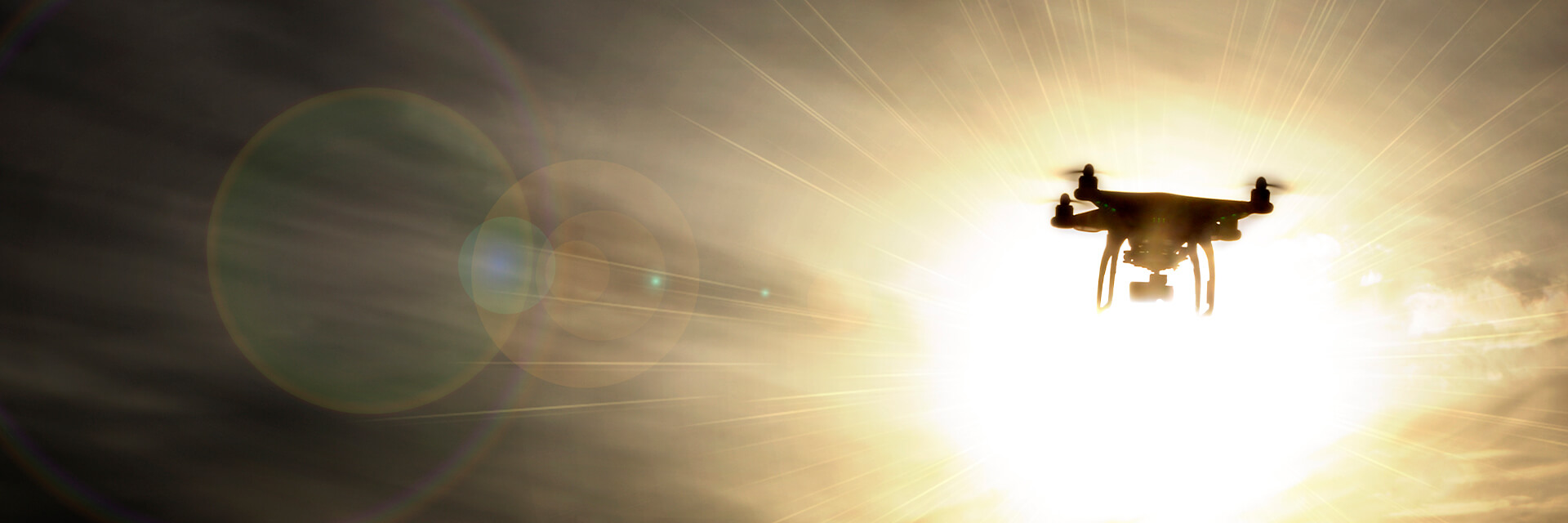
The Drone Wars
- Published
- Sep 12, 2017
- Topics
- Share
We’ve previously discussed on the EisnerAmper technology blog the fast-growing market for drones (aka unmanned aerial vehicles) in the commercial, entertainment and military sectors. The future of drones filling the skies appears ever closer. Amazon recently applied for a patent to create multilevel fulfillment centers with drone delivery towers placed in densely populated urban areas for package delivery, and the internet giant is making technological improvements to make drones quieter. Imagine town and city skies filled with hundreds of drones flying emergency supplies of toilet paper or cans of cat food to Amazon Prime members!
However, regulation and enforcement are falling behind the ever-growing uses for these maneuverable robots. And as drones become stealthier, quicker, smaller and potentially more harmful, will people or organizations feel their privacy and/or safety are being compromised and subsequently push back with anti-drone measures?
That answer appears to be yes. The demand for anti-drone technology to monitor and defend against unwelcome drones is heating up. (Consider that at least one company has developed a guided drone that can self-destruct on impact with its target.) In August 2017, MyDefence, a company that has developed technology to combat malicious drone use, agreed to pair its KNOX counter-unmanned aerial system with Lockheed Martin’s Indago quadrotor drone. The result is an alarm system that captures surveillance of a drone which can be used in potential legal cases. Furthermore, the system can interrupt the wireless frequency of the unwelcome drone. In June 2017, startup SkySafe raised $11.5 million to develop its anti-drone radio wave technology to detect drones from entering unauthorized areas.
As you can imagine, these solutions are fraught with consequences. Damages to property or life and limb aside, drones enjoy legal protection under the Federal Aviation Administration. Also, it is illegal to interfere with legal radio transmission (e.g., WiFi) under the Federal Communications Commission. Nevertheless, the anti-drone market is predicted to grow to more than $1 billion over the next decade. So, the next time you fly your drone, be careful. And if it doesn’t come back, you may know the reason why.
What's on Your Mind?
Start a conversation with Stephen
Receive the latest business insights, analysis, and perspectives from EisnerAmper professionals.









